INTRODUCTION
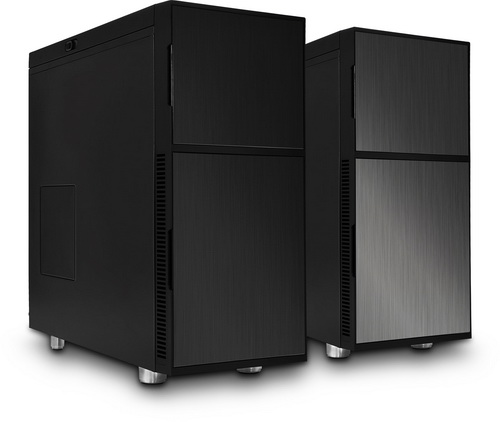
It's quite amazing that we are just over a month away from crossing to 2013 but even so although we witness the release of countless PC Cases per year (even if that just applies for the past 5 years or so) only just a handful of those actually come with serious noise-absorbing coating and are aimed towards users who cherish silence. Even more amazing is that most of those cases are not manufactured by the leading companies in the field but rather small ones who just care about providing the best possible noiseless environment. So the most famous attempts to make a really quiet PC case to date (at least the successful ones) have been by Antec (Performance One series), Fractal Design (Define series) and lately by NEXUS (Prominent series). However it really seems that there's room for more such solutions and so today we are taking a look at a PC case manufactured by Nanoxia, a German brand name which i hadn't heard of in a while.
The idea for Nanoxia was developed in 2006 when a German engineering team sat down to develop fans that would meet the highest standards. The new fans have been presented to the press for the first time during CeBIT in March 2007. In addition to their distinctive design, the revolutionary fans were notable for their high quality. Over the years, several fan-series as well as other components - such as cooling water additives and thermal compounds - were offered. The main products, however, remain high quality fans, vibration dampers and the to this day unsurpassed PWMX fan controller. A dedicated and experienced team has begun to build on the success of the legendary fan-series with new, innovative products. At first, the FX Evo fan-series was released in early 2012 and shortly thereafter a whole new line of premium sleeved cables came out. As a new mile stone was reached after years of development, when during Computex 2012 the brand new Nanoxia Deep Silence case series was introduced to the world.
The reason i hadn't heard the name Nanoxia in a while was because although i used to test their products back in 2008-2009 they fell off the grid during that time and so i really thought we'd never see them again. Luckily however i was wrong and so they are back and from what it seems they are even stronger than ever since now they even manufacture PC cases (back then they mostly manufactured fans and fan controllers). Manufacturing a PC case is not really something impressive, what is however impressive is that the people over Nanoxia have managed to design and manufacture a high quality PC case which can easily rival the ones we've seen from the already mentioned manufacturers in both features and extremely low noise levels. Since this is a review i don't ask anyone to trust what i'm saying so just read on and see for yourselves.
SPECIFICATIONS AND FEATURES

PACKAGING AND CONTENTS
At the front of the box we see a large product picture alongside with several sketches showcasing its main features.
The color selection and the table of specifications are both placed on the sides of the box.
Moving at the rear we see 9 product pictures once again showcasing the main features of the Deep Silence 1.
As usual the Deep Silence 1 is shipped between two thick Styrofoam spacers, a plastic bag and two more Styrofoam pieces placed at the top and bottom.
The bundle contains the user's manual, 4 rubber feet covers, one 5.25" to 1.44" drive bay cover, 5 cable ties, 8pin PSU extension cable and a bag filled with screws and standoffs.
THE DEEP SILENCE 1 EXTERIOR
At first glance i wouldn't be surprised if some people mistook the Deep Silence 1 for the Fractal Design R4 PC cases since they share quite a few similarities (high quality build, size, front glossy fascia).
Even by just looking at the side panels you know that they are very sturdy (after having seen hundreds of PC cases thats quite obvious).

The left side panel has a fan spot (closed by default) and a switch at the top (what that's for we will see later on).
Aside being quite reflective the front fascia is also divided in two parts, upper and lower.
There are also several intake holes on each side of the front fascia.
As you can see both doors come ready with noise-absorbing coating (something we rarely see).
Now at the top front Nanoxia has placed their logo (not bad but i would really like it better if it was silver or something), the reset button and an fan controller for the 2 front fans.
Right beneath the fan controller we see three easy removable 5.25" drive bays complete with noise-absorbing coating on the inside.
The two 120mm intake fans are placed on the lower part and as you can see are extremely easy to access.
Nanoxia has placed the power on/off button at the top of the front fascia.
The I/O is placed right above the power button (towards the rear) and contains two USB 2.0 ports, two USB 3.0 ports and the usual headphones/microphone mini-jack connectors.
A large compartment is placed at the rear top end which at first glance seems closed tight.
As we've come to expect from most PC cases the rear has the same black matte color as the rest of the tower.
By default Nanoxia has placed a silent 140mm exhaust fan at the rear however you can also replace it with a 120mm fan.
8 PCI expansion slots and a total of 4 water cooling grommets are also things we don't usually see especially with midi towers.
Typically however the PSU space is once again placed at the rear bottom.
Both side panels are secured in place via normal thumbscrews (unfortunately not rubber coated ones).
Now remember the top area? Well it turns out that it's a panel/chimney (with two fan spots beneath it) which opens and closes from the switch placed right above the left side panel.
The bottom of the Deep Silence 1 has four round feet and a very long removable air-filter.
THE DEEP SILENCE 1 INTERIOR
As you can see almost the entire interior surface of each side panel is dressed with noise-absorbing coating and although it's not very thick the thickness of the steel panels makes up for that in the end.
You can mount either an 120mm or an 140mm fan on the side panel to increase airflow inside the case (that particular spot sits right above the graphics card).
The interior is also black and looks quite spacious i might add.
All three 5.25" drive bays have locking mechanisms (not the best ever but they work).
Right beneath those we see 3 separate 3.5" drive cages capable of holding a grant total of 7 drives.
The 3.5"/2.5" steel drive trays are yet another similarity with the cases by Fractal Design (that's positive).
If you don't have more than two 3.5/2.5 rives you can remove the top drive cages to allow for longer graphics cards and of course better airflow from the front fans.
A total of 9 holes are present on the mainboard tray, 7 of those are for cable management purposes (and rubber coated) while the largest one is the CPU cutout used to change CPU coolers without removing the mainboard.
The rear 140mm exhaust fan comes without a protective grille.
The 8 PCI expansion slots are all secured in place with normal thumbscrews (again not rubber coated).
At the bottom we see a very large intake area for the PSU fan (so you can pretty much use the longest PSU out there) and a piece of plastic mounted right next to it.
Here you can mount one of the two removable drive cages whether because you have more than just two 3.5/2.5 drives available or if you want to remove the front lower cage (is held in place with screws) and mount an 240mm radiator vertically right behind the front fans.
Between the noise-absorbing material of the right side panel and the mainboard tray i'd say you have enough space for cable management (around 10mm).
As expected the Deep Silence 1 comes with a mainboard USB 3.0 header.
According to Nanoxia at the top you can install either 2x120mm exhaust fans or 2x140mm exhaust fans however the amount of holes up there indicates that you can also mount a 240mm radiator (we tested it with one).
BUILDING THE SYSTEM
As always the purpose of this section is not to build a fully working system but rather to showcase what you can expect from the case at hand in terms of interior space.
Just like with many other midi towers you can also mount an E-ATX factor mainboard inside the Deep Silence 1 (Nanoxia claims you can mount XL-ATX mainboards in here but i just don't see it).
You can install CPU Coolers up to 185mm in height inside the case.
There's plenty of space to install even the longest PSU at the bottom of the Deep Silence 1 (however a very long unit will block one of the cable management holes.
The Deep Silence 1 has room for cards up to 315mm in length with the drive cages installed however once you remove them that skyrockets to a massive 445mm.
NOISE LEVELS
After giving it much thought we decided on performing noise tests with each PC Case we receive by placing our ExTech HD600 vertically ontop of each case to measure the noise levels emanating from the pre-installed fans at both 50% and 100% with the help of a fan controller.

CONCLUSION

Well i don't know how but it seems that the people over at Nanoxia have managed to design and manufacture one of the best PC cases to pass through our lab in the past year. Certainly because of the many similarities with the Define R4 series by Fractal Design i am not ruling out the possibility that a 3rd party is involved in the manufacture of both towers, regardless however that doesn't change the fact that the Deep Silence 1 is a high quality, sturdy, feature rich and silent PC case. Of course much like most things in life it's far from perfect and so I’d really like to see rubber coated thumbscrews (regular ones can get really hard to remove by hand), 4 rubber feet at the PSU area instead of 2 and a more sturdy chimney at the top but in the end these tiny drawbacks are not really significant (they do exist however).
With a current price tag set at around 120Euros inside the EU and Deep Silence 1 midi tower by Nanoxia falls exactly in the same price category as the Define R4 by Fractal Design and after taking into account their similarities the result would be a draw or at least it would be for most people. Personally however i really like the 2 separate doors at the front of the Deep Silence 1 (compared to the single door of the Define R4), the room for an 120mm radiator (perhaps two if we take into account the top position), the extra supplied fan and the better interior space (CPU Coolers up to 185mm) things that the R4 simply lacks and quite honestly this is why we award it with our Golden Award.

PROS
- Build Quality
- Design
- Spacious Interior (185mm tall CPU Coolers / 445mm long Graphics Cards)
- 3 Pre-Installed Fans (2x120mm, 1x140mm)
- Room For A Total Of 6 Fans (120/140mm)
- 2-Channel Fan Controller
- Low Noise Levels (Almost Inaudible)
- Top Chimney
- Front/Top 240mm Radiator Spot
- Separate Top/Bottom Front Doors
- Removable Drive Cages
CONS
- Availability outside the EU
- Top Chimney Doesn't Feel Sturdy Enough

 O-Sense
O-Sense
































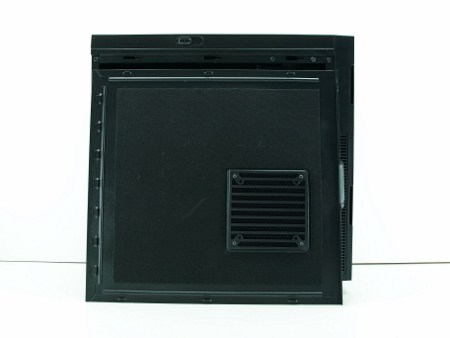
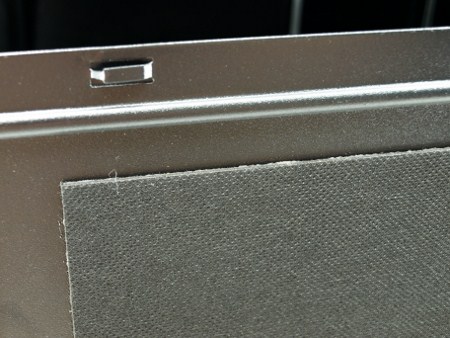
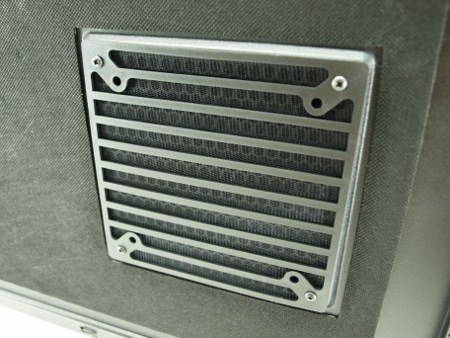
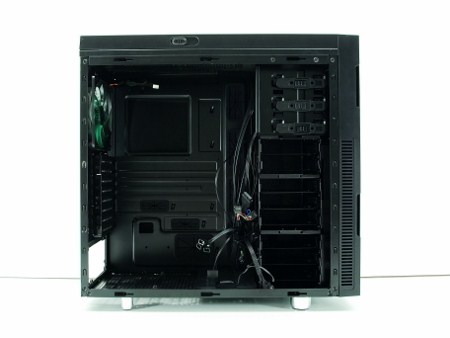
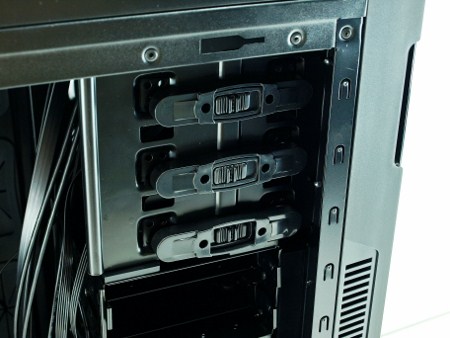
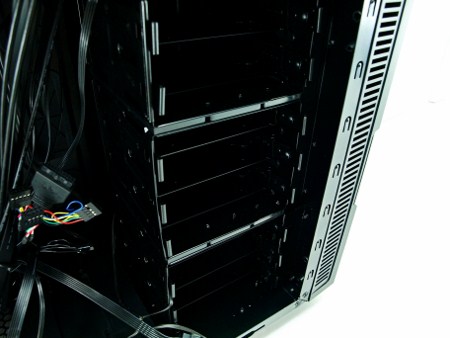
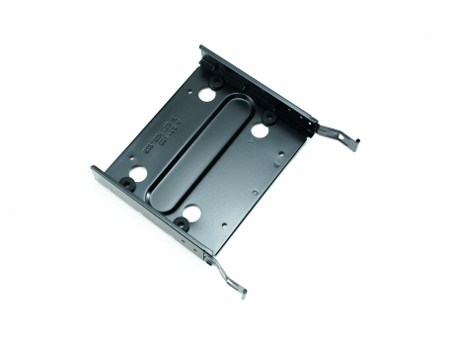
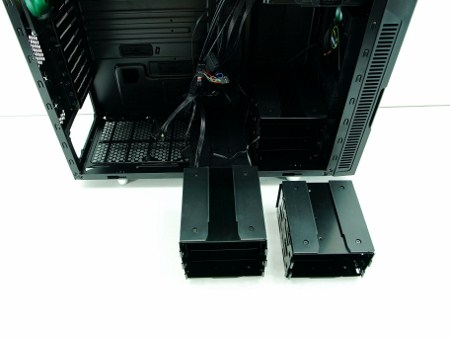
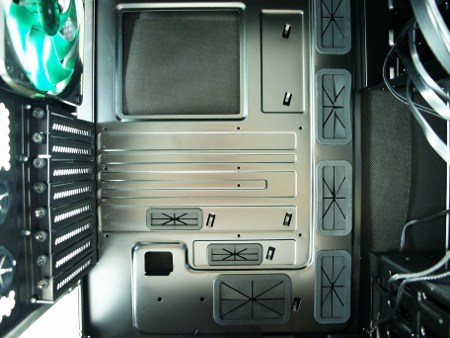
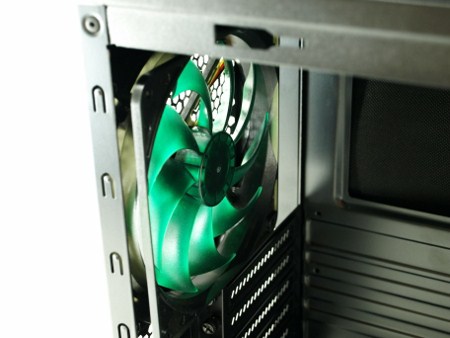
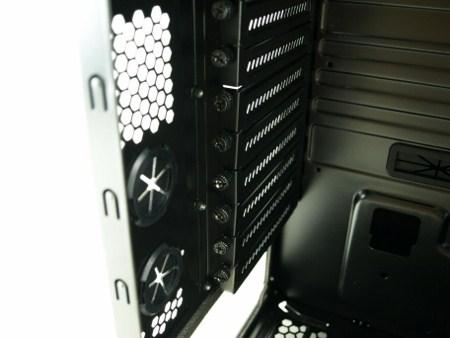

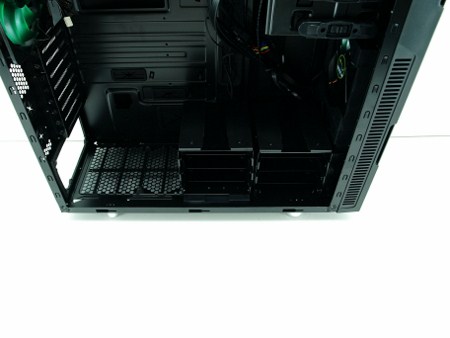
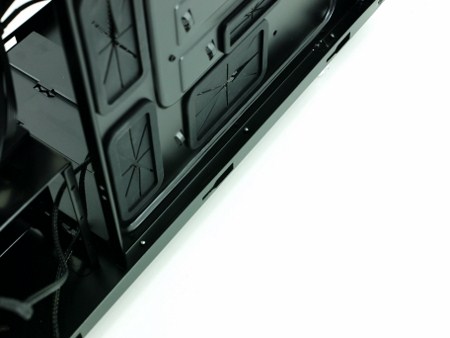

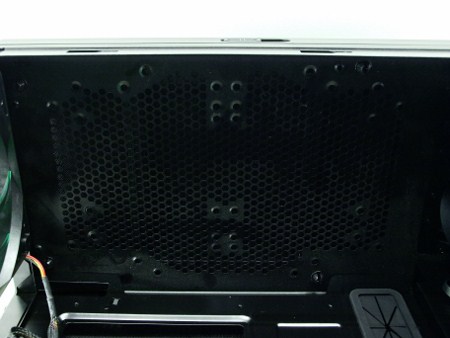






.png)

